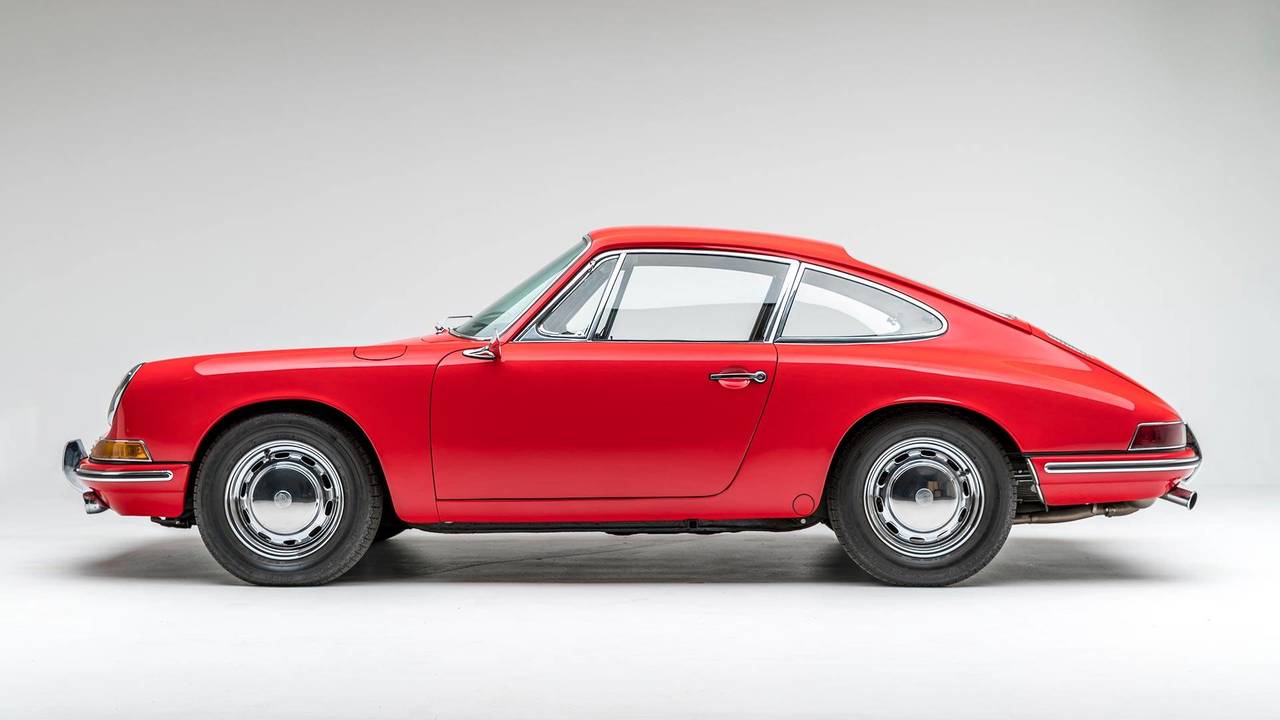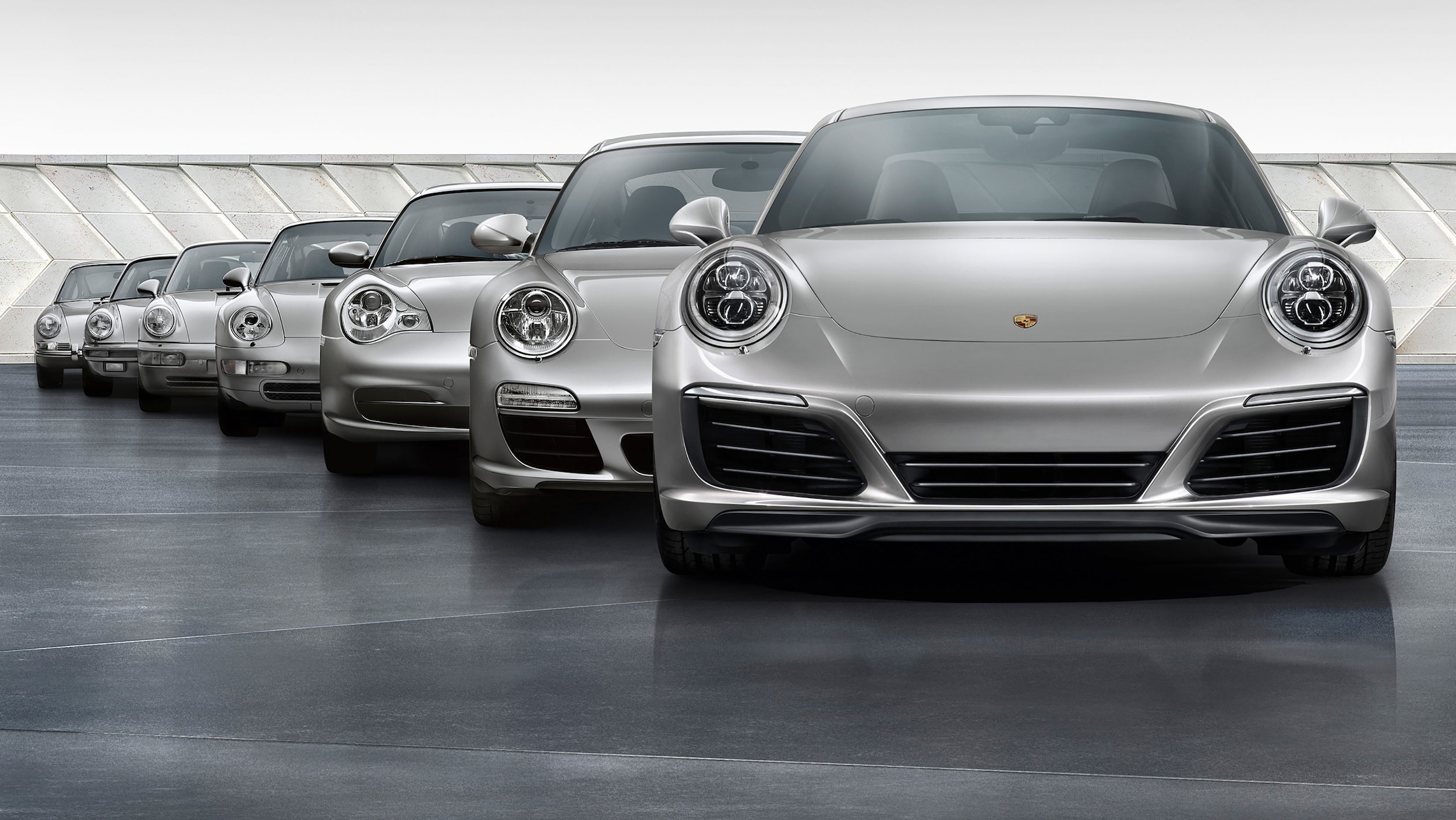It should come as no surprise to any of us that the Porsche 911 is one of the most iconic sport cars to have ever hit the asphalt, and with the incorporation of the 2+2 platform, the coupe will, without doubt, secure its spot in the books for many moons to come. But when exactly did this astonishing machine manifest itself as such an icon around the globe? Just over 33 years into Porsche AG’s existence as an auto manufacturer, a car model was released that would succeed Porsche’s previous sport-model auto, the 356, and it would be the framework for feats of engineering that would establish a legacy so great that Ferdinand Porsche himself would tremble at the thought of it.

This is the Porsche 901. It is critical to understand the historical background of the 901, as it would propel the car into increasingly advancing and successful generations of production. The automobile, however, would not be able to leave its footprint without a bit of resistance along the way. Manufacturing of the Porsche 901 began in the earlier part of the 1960’s and provided optimistic groundwork for the ambition that would pioneer the sport-car realm in the second half of the century. And while the creation of the 901 was a novel pursuit, an aspect of its fate would find itself in a different place than initially desired.
Just 82 vehicle units into the production of the 901, its name in history would change forever, literally. Peugeot, Porsche’s neighbors to the south, would soon question the legality of the “901” name, having left the German car manufacturer with a hurdle to overcome regarding the title of their latest sport car. Porsche had received a message from Peugeot that they had in fact owned the trademark to the “number-zero-number” naming platform on automobiles. Porsche acted swiftly after having been confronted with the dilemma, and on the evening of the 22nd of October 1964, Ferry Porsche ordered that the Porsche 901 be renamed the Porsche 911. And as in typical Porsche nature, the company not only overcame the challenge, but overachieved, evident by the continuation of the 911 and all that it would become in the decades thereafter.
When the Porsche 901 made its first appearance to the market, it was at the Frankfurt Motor Show, and sported a rear-mounted 2.0-liter, flat-six-cylinder engine, which produced 128 horsepower, and 128 foot-pounds of torque; a remarkable accomplishment for its day, and a drastic step-up in performance numbers from its predecessor, the Porsche 356. Once again, the German auto manufacturer had outdone itself, and had succeeded in achieving the sought-after objective behind the construction of the 901, which was to create a far more sporty, higher-performing vehicle than what they had already been producing.
